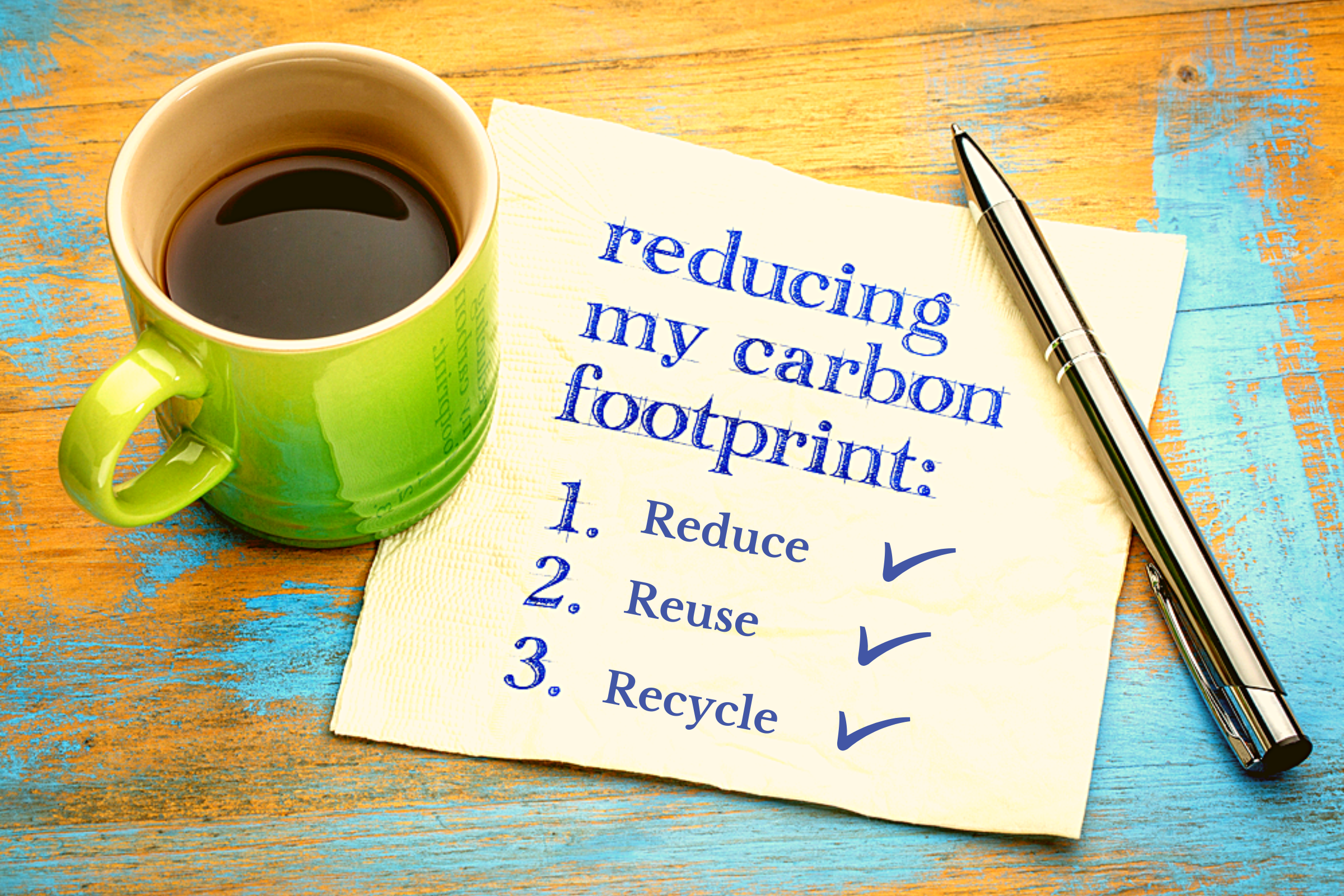Carbon footprint is a term that we often hear, especially when discussing issues related to climate change and the environment. But what exactly does it mean?
A carbon footprint is a measure of the amount of greenhouse gas emissions caused by human activities, particularly those that use fossil fuels such as oil, coal, and gas. It represents the amount of carbon dioxide and other greenhouse gases released into the atmosphere as a result of human actions, such as driving a car or heating a home.
In this guide, we'll break down the concept, how it's measured, and what you can do to reduce it.
Headings:
- Understanding the Carbon Footprint
- What are the sources of Carbon Footprint?
- What are the impacts of Carbon Footprint?
- How to Calculate Carbon Footprint?
- Ways to Reduce Carbon Footprint
- Frequently Asked Questions (FAQs)
- Conclusion
Understanding Carbon Footprint:
Carbon footprint refers to the total amount of greenhouse gases that are emitted by an individual, organization, or product. It includes carbon dioxide, methane, and other gases that contribute to climate change.
The higher the carbon footprint, the greater the impact on the environment.
The gases that are released into the atmosphere are due to human activities which include transportation, electricity production, industrial processes, and agriculture. Carbon footprint is usually measured in metric tons of carbon dioxide equivalents (CO2e), which includes not only carbon dioxide but also other greenhouse gases.
What are the sources of Carbon Footprint?
There are many sources of carbon footprint, some of which include:
- Transportation - Cars, buses, airplanes, and other forms of transportation are one of the biggest sources of carbon footprint.
- Energy consumption - Electricity generation, heating, and cooling of buildings, and other energy-related activities also contribute to the carbon footprint.
- Food production - The production, transportation, and packaging of food products also contribute to the carbon footprint.
- Industrial processes - Manufacturing and other industrial processes that rely on fossil fuels also contribute to the carbon footprint.
What are the impacts of Carbon Footprint?
The impact of carbon footprint is significant and can be seen in many ways, including:
- Climate change - As mentioned earlier, carbon footprint contributes to global warming and climate change, which can have a range of impacts on the environment, including more frequent and severe weather events, rising sea levels, and more.
- Health effects - Air pollution, which is often linked to carbon footprint, can have significant health effects, including respiratory problems, heart disease, and more.
- Economic costs - The costs of dealing with the impacts of climate change can be significant, including costs related to infrastructure damage, healthcare costs, and more.
How to Calculate Carbon Footprint?
Calculating your carbon footprint can help you understand your impact on the environment and identify areas where you can make changes to reduce your emissions. There are several carbon footprint calculators available online that can help you calculate your carbon footprint based on your location, lifestyle, and habits., such as:
The calculators estimate your carbon footprint in three main areas: home energy, transportation, and waste. It takes into account factors such as your location, the size of your home, your energy consumption, your mode of transportation, and your waste generation.
There are many other online calculators also that can help you do this, but the basic formula for calculating your carbon footprint is:
Total carbon emissions = (Activity x Emission factor)
The emissions factor is the number of greenhouse gases released per unit of activity (e.g. per kilometer driven, per hour of electricity used, etc.).
How to use Carbon Calculator?
Ways to Reduce Carbon Footprint
Reducing your carbon footprint is not only good for the environment, but it can also save you money in the long run. Here are some ways you can reduce your carbon footprint:
- Reduce Energy Consumption: You can reduce your energy consumption by turning off lights and electronics when not in use, and using energy-efficient appliances, such as LED lights.
- Use Alternative Transportation: You can reduce your carbon footprint by using public transportation, walking, cycling, or carpooling.
- Reduce Waste: You can reduce your carbon footprint by reducing waste generation and recycling.
- Eat a Plant-Based Diet: Eating a plant-based diet can significantly reduce your carbon footprint, as meat and dairy products have more resources and contribute to higher carbon emissions.
- Use Renewable Energy: You can reduce your carbon footprint by using renewable energy sources such as solar and wind power.
Frequently Asked Questions
What are carbon offsets?
Carbon offsets are a way to compensate for your carbon emissions by investing in projects that reduce greenhouse gas emissions, such as renewable energy or reforestation projects.
How can I calculate my carbon footprint?
You can use online calculators that take into account your daily activities, such as transportation, energy consumption, food consumption, and waste production.
Is it possible to completely eliminate my carbon footprint?
It is difficult to completely eliminate your carbon footprint, but you can reduce it by making changes to your daily habits and purchasing carbon offsets to compensate for the remaining emissions.
How do I know if a product has a low carbon footprint?
Look for products that are labeled as environmentally friendly or have a low carbon footprint. You can also research the product's manufacturing process and transportation methods to determine its carbon footprint.
How does a carbon footprint affect the environment?
Carbon emissions contribute to climate change and the warming of the planet. By reducing your carbon footprint, you can help mitigate the effects of climate change.
Conclusion
Carbon footprint is a measure of our impact on the environment. By reducing our carbon footprint, we can help mitigate the effects of climate change and create a better future for ourselves and the planet.


.png)

.png)



.png)


